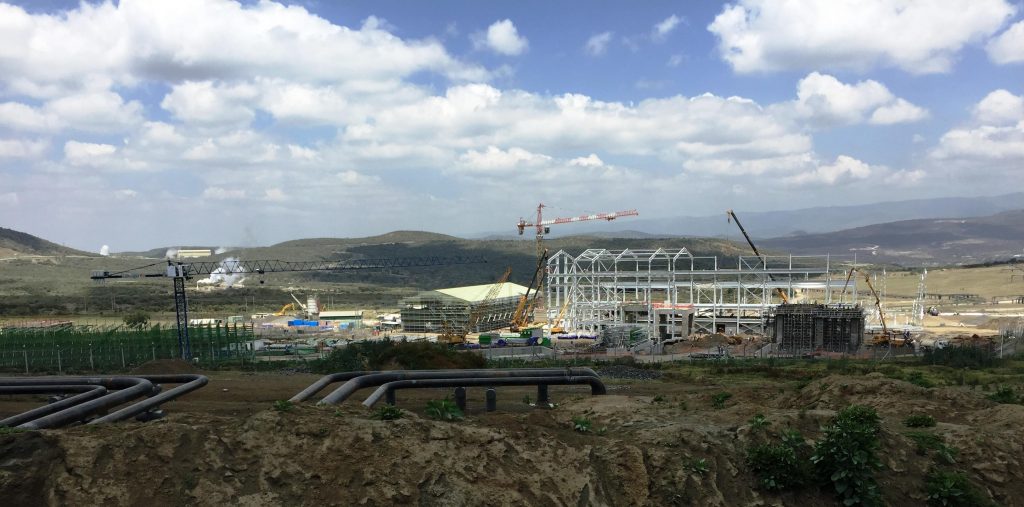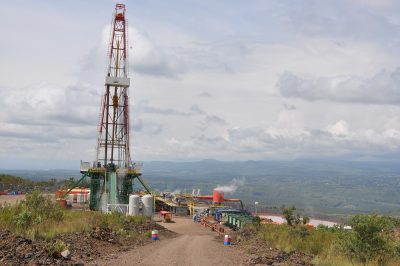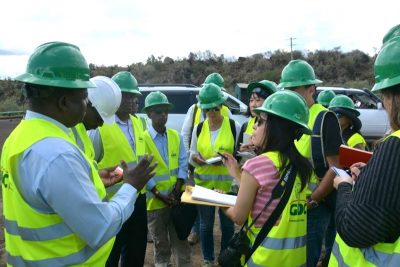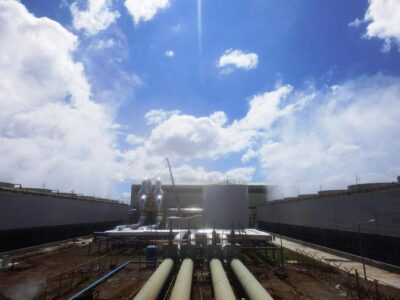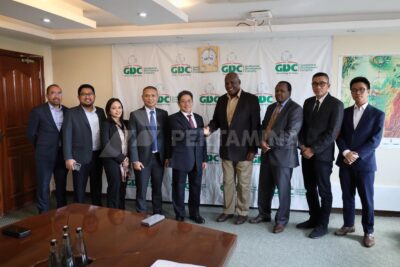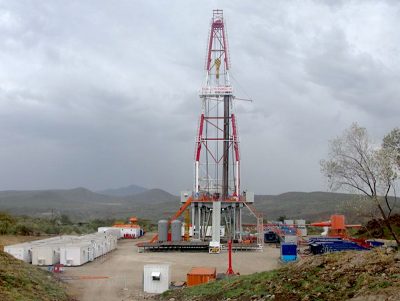New geothermal plants to meet rising electricity demand in Kenya
With the Olkaria V plants in construction and additional geothermal, wind and solar projects, Kenya is working on meeting increasing electricity demand in the country.
During a briefing in Nairobi, Kenya, Joseph Njoroge, principal secretary at the Ministry of Energy, told the audience that plans are under way to deliver Olkaria V geothermal project, which will add 164.5 megawatt (MW) to the national grid.
“The first unit of 82 MW is scheduled for commissioning in April 2019, while the second one is set for commissioning in July 2019.
With that the country plans to meet an increasing demand for electricity.
Also in the pipeline is Olkaria 1 Unit 6 (83MW) geothermal project, which has commenced,” Njoroge said as state-owned Kenya Electricity Generating Company (KenGen) released results for the financial year ending June 30.
Njoroge noted that under the country’s updated Least Cost Power Development Plan (2017-2037), there is project pipeline for a total of 476 MW of power to be connected to the national grid in the next five years by tapping from wind, solar and geothermal sources.
Government data indicates that Kenya has an installed capacity of 2,359 MW, comprising 35 percent hydropower, while geothermal and thermal power contributes 29 percent and 34 percent respectively. [The interesting fact though is that geothermal despite lower installed capacity actually provides up to 55% of the electricity of Kenya, due to lower water levels in the hydro power dams of the country.]
Njoroge said Kenya’s electricity demand has been growing by an average of 6 percent a year since 2012.
In addition, the government’s objective of expanding the contribution of the manufacturing sector from the current 10 percent of gross domestic product (GDP) to 15 percent by the year 2022 will increase need for more electricity supply.
KenGen controls 69 percent of the electricity market in Kenya, with the remainder being contributed by independent power producers.
Rebecca Miano, CEO of KenGen, said that 89 percent of its electricity output is from renewable sources, mostly geothermal and hydropower.
For the 2018 financial year that ended in June 30, KenGen posted a 2 percent increase in pre-tax profit of USD 117.5 million, up from USD 114.6 million last year, while profit after tax declined to USD 78.91 million dollars, compared to USD 90 million in 2017.
Miano said that revenue generated from KenGen’s geothermal power plants increased from USD 161 million in 2017 to USD 171 million in 2018, a growth of 6 percent.
“The growth in geothermal power is in line with KenGen’s strategy which focuses on increasing geothermal energy to meet the country’s growing electricity demand and unlock the company’s investment in steam wells,” Miano said.
She noted that total energy generation dispatch increased by 6 percent from 7,556 GWh in 2017 to 7,989 GWh for the year ended June 30.
“The increase was recorded despite a persistent drought which affected water levels within the company’s reservoirs in the first six months of the year,” said Miano.
She attributed the good performance to diversification of the energy sources, through which geothermal generation was able to cater for a deficit in hydro generation.
Source: Xinhua
